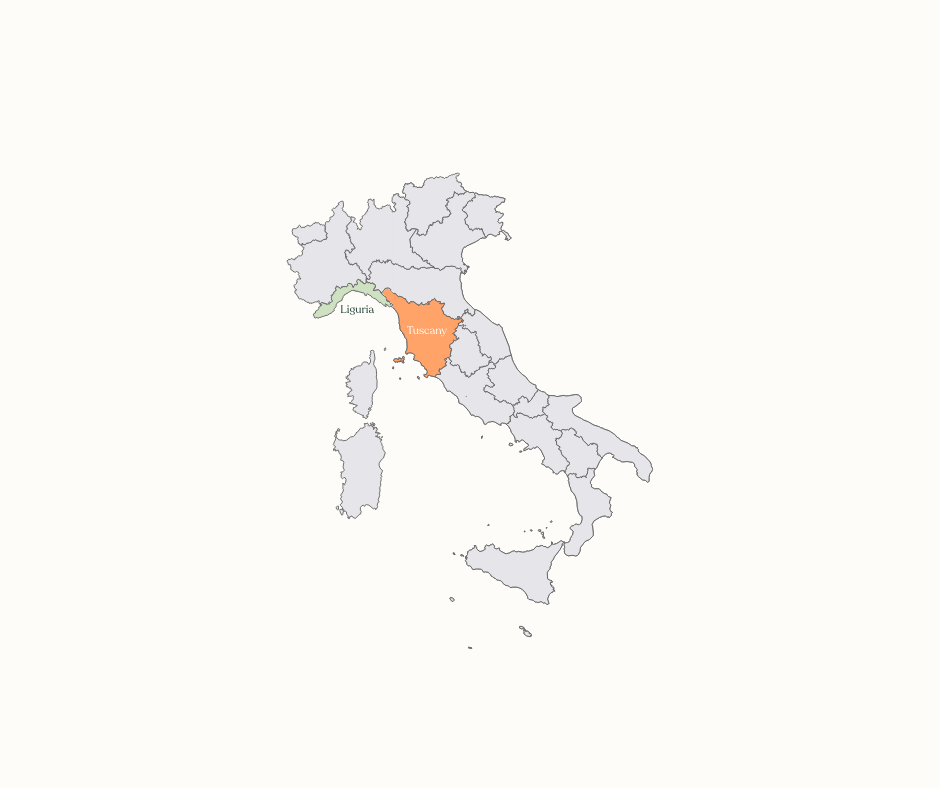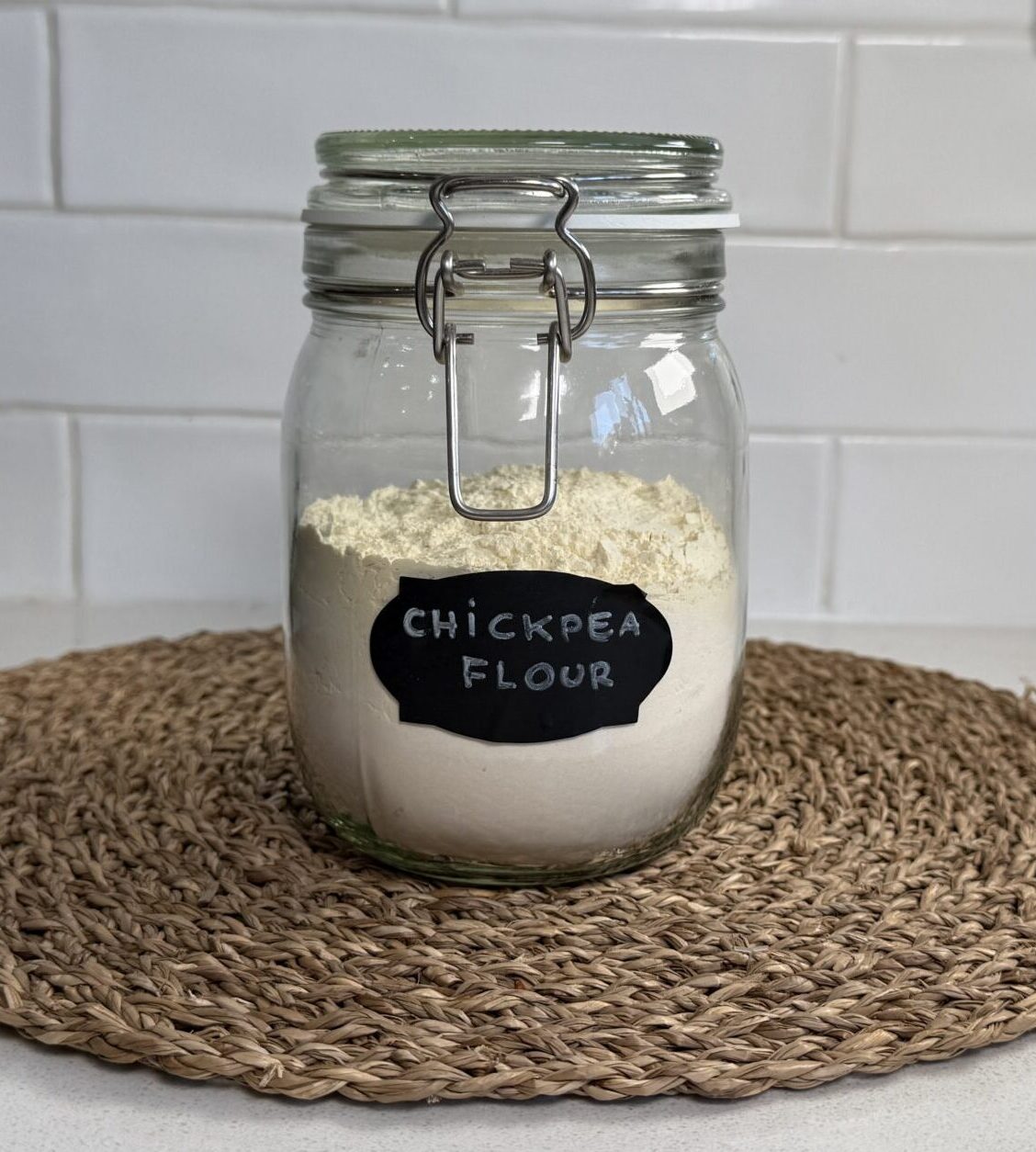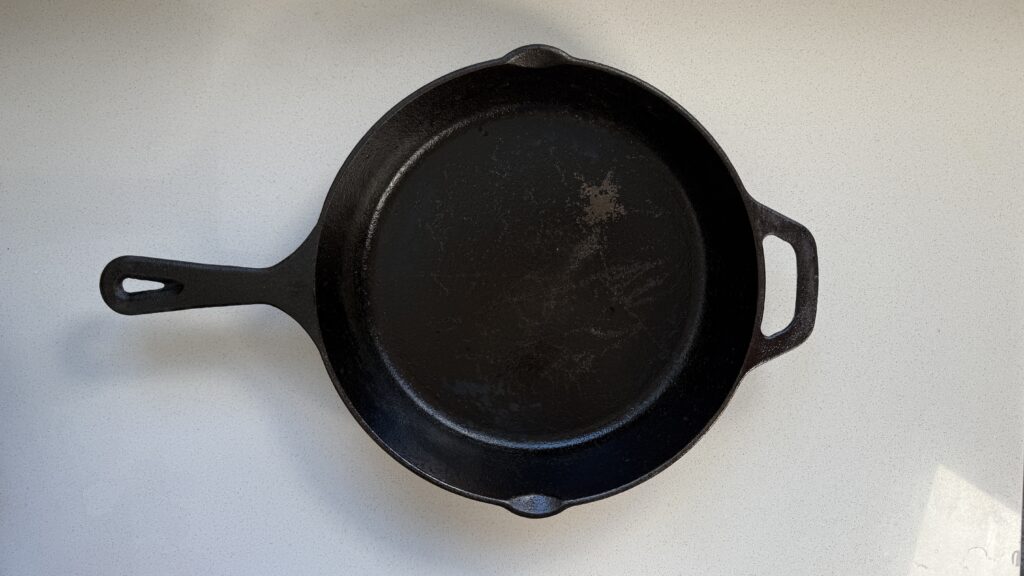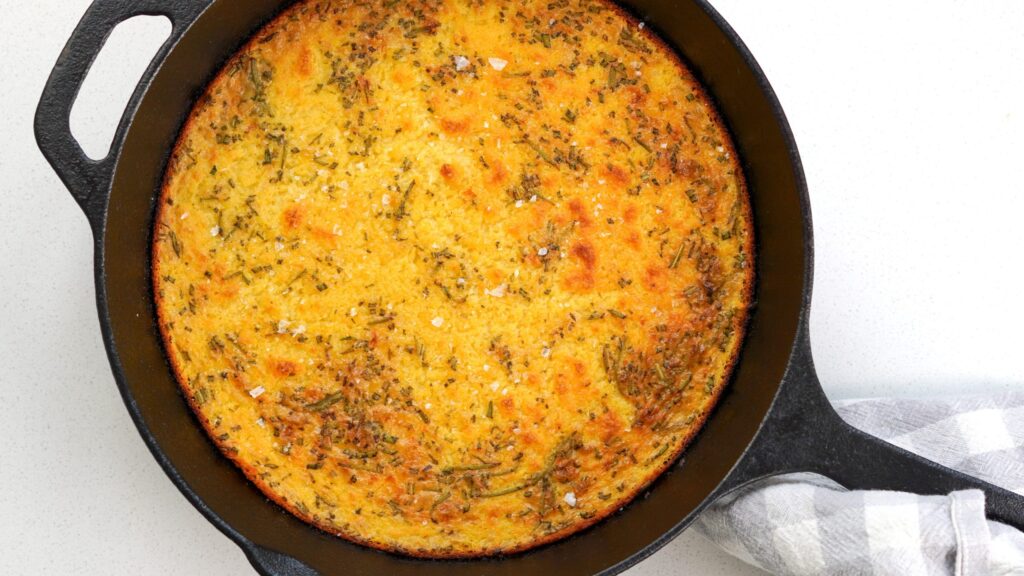Farinata is a rustic Italian treasure from Liguria, beloved across Tuscany and beyond. This savoury flatbread is naturally gluten-free, budget-friendly, and packed with protein and fibre. With its crispy edges and soft, creamy interior, it’s the perfect combination of simplicity and flavour.

What makes farinata special is its versatility. Enjoy it on its own for a satisfying snack, or use it as a base for your favourite toppings—it’s a dish that adapts to any occasion.
Made with chickpea flour, olive oil, water, and rosemary, this recipe embodies the beauty of minimal ingredients. After a simple mix, a few hours of rest, and a quick bake at high heat, the oven transforms the batter into a golden, flavourful delight.
Whether you’re new to farinata or rediscovering a childhood favourite, this recipe is as authentic as it is easy to love.
What is ‘Farinata?’
Farinata is a thin, savoury pancake made from chickpea flour, water, olive oil, and salt. It’s naturally gluten-free, crisp on the edges, and soft in the middle—usually cooked in a very hot oven or under a grill until golden. Farinata comes from the Ligurian coast of Italy, particularly around Genoa. It’s also popular in parts of Tuscany (where it may be called cecina) and has similar versions in southern France (known as socca in Nice).

Chickpea Flour Explained
Chickpea flour, also known as gram flour or besan, is a naturally gluten-free flour made simply from ground dried chickpeas. Unlike regular wheat flour, it’s packed with plant-based protein and fibre, which makes it more filling and a great option if you’re looking to balance your meals or support gut health. It also has a slightly nutty flavour that adds depth to recipes like farinata, giving them that irresistible rustic taste. You can usually find it in most large supermarkets (often in the world foods or free-from aisle), health food shops, or online. What I love about it is how versatile it is – used for centuries in Mediterranean and Indian cooking, it works just as well in flatbreads, pancakes, batters, and even baking. If you’ve never tried it before, it’s one of those simple swaps that can open up a whole new world of wholesome, naturally nourishing dishes.

The Best Pan for Farinata
Traditionally, farinata is cooked in a large copper pan, but at home a well-seasoned cast iron pan or a heavy, oven-safe non-stick pan will give you the best results. Both hold heat evenly and create that signature crispy edge with a soft, tender centre. If you’re making a bigger batch, a shallow baking tray also works, as long as it’s not too deep.
For this recipe I used a 25 cm (10 inch) pan, which is the perfect size for a thinner farinata with the right balance of crispness and bite.

Tips
- Let the batter rest: mix chickpea flour, water, olive oil, and salt, then let it rest for at least 1 hour (or up to overnight). This helps the flour hydrate and the batter to cook evenly.
- Use a hot pan: preheat your oven and the tin or skillet (ideally cast iron) until very hot before pouring in the batter. This ensures a crispy base.
- Olive oil is key: don’t skimp—it adds flavour and helps create those lovely golden edges.
- Go thin: a thinner batter layer = crispier farinata. Aim for about ½ cm (¼ inch) thick.
- Serve warm with salad, roasted veg, or soup. It’s also great as a snack or gluten-free flatbread.
Toppings
You could thinly sliced red onion, rosemary, black olives, or cherry tomatoes before putting it in the oven.
For a flavour twist stir in cracked pepper, garlic powder, or smoked paprika into the batter.
In Tuscany (where it’s called cecina), it’s often served plain, with just a drizzle of olive oil and lots of black pepper.

Storage
Fridge: once cooled, store farinata in an airtight container or wrap it tightly. It will keep in the fridge for up to 3 days. Reheat in a hot oven or dry frying pan to bring back its crispiness.
Freezer: while best fresh, you can freeze it. Place slices between baking paper and freeze in a sealed container for up to 1 month. Reheat straight from frozen in the oven until hot and crisp.
Farinata is at its crispiest and most flavourful just after baking, so make only what you need if you want it at its best.
More Flatbread Ideas

Farinata – Italian Chickpea Flatbread
Ingredients
- 100 g chickpea flour
- 15 ml oil
- 300 g water
- ½ tsp salt
- rosemary, chopped
Instructions
- Preheat the oven at max temperature (mine is 250°C /482 °F)
- Add all the ingredients to a bowl.
- Mix gently to start with and then very vigorously, until you don’t see any more lumps.
- Cover the bowl and let it rest for 4 hours.
- After 4 hours, add the rosemary and mix gently, you don’t want any bubble to form but make sure the rosemary is evenly spread.
- In a oven proof pan or casserole add a drizzle of oil and brush it. Make sure the oil covers the entire bottom of the pan and a bit or the edges. This will prevent the Farinata from sticking after baking.
- Pour the batter into the pan. It will be very liquid, but don’t worry this is normal, the oven will work its magic. Add a drizzle of oil on top.
- Bake at 250C (max temperature) for 15mins.
- Let it cool down. You could eat it straight away but the Farinata is very delicate straight out of the oven. If you leave it to cool down it will be easier to cut and to remove from the pan.
- It’s perfect and incredibly flavoursome on its own but you can also use it as a sort of flatbread/pancake with your favourite toppings.
Video
Notes
- Farinata is best baked in a well-oiled ovenproof pan (I used a 25cm/ 10 inches one) to achieve the perfect crispy edges and soft middle.
- The resting time is key — it allows the chickpea flour to fully hydrate and develop flavour, so don’t skip it.
- You can experiment with toppings like caramelised onions, olives, or a sprinkle of parmesan, but the classic rosemary version is the most authentic.
- Chickpea flour is naturally gluten-free and high in protein and fibre, making this a healthy, budget-friendly recipe.
- Traditionally from Liguria, farinata is also popular in Tuscany and pairs beautifully with a fresh salad .. or a glass of wine!

It’s a very delicious tasty flatbread😋😋😋
Thank you so much😊 This is one of my personal favourite, I hope you’ll try it soon!